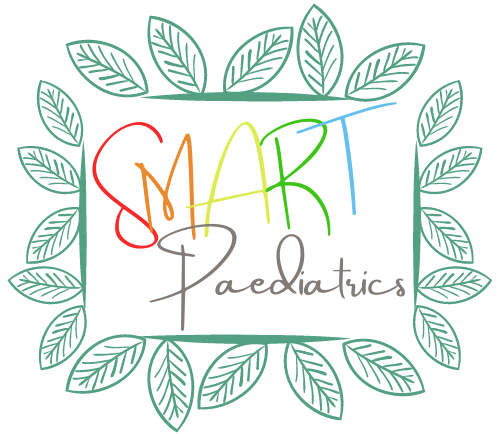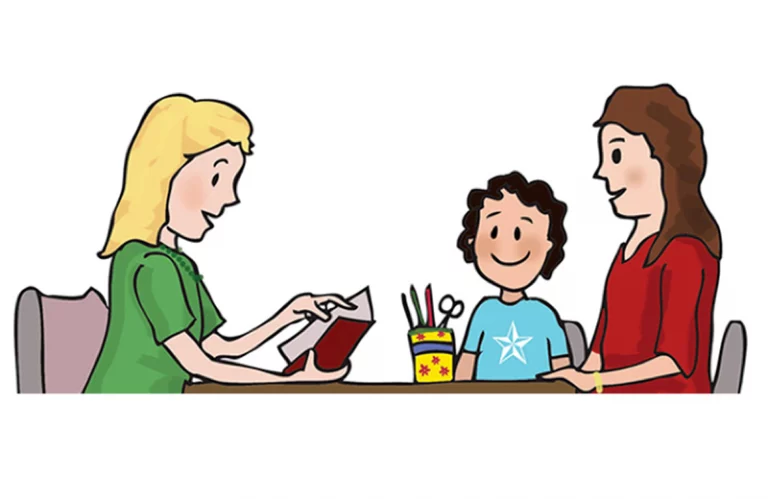
There are six easy steps to completing your Occupational Therapy assessment and receiving your report…
Step 1: Complete Your Self Referral Form
Parents are able to make a direct self referral to the service by completing the online form. Please take the time to fill the form out thoroughly and to ensure all details are correct.
It is essential that referrers read all the information on this website. Payment fees can be found on the Service Information page.

Step 2: Book Your ‘Welcome Phone Call’
After you have submitted your referral form, you will be invited to book in a free 15 minute ‘Welcome Phone Call’. This is an important step to ensure this is the right service for you.
Step 3: Book Your ‘Initial Consultation’
Accepted referrals by the service will be welcomed to a face-to-face ‘Initial Consultation’ which takes place at the Therapy Room in Aylesbury. Please allow up to 1 hour 30 minutes for your appointment.
The purpose of this session is to start the therapeutic relationship and to begin the assessment process. You will be given a selection of forms to complete and return at the next appointment.
Step 4: Book Your ‘Assessment Day’
At your Initial Consultation appointment, you will be invited to return for a slightly longer appointment called an ‘Assessment Day’. This will involve completing the rest of your assessments at the Therapy Room in Aylesbury. Please allow up to 2 hours and 30 minutes for your appointment.
The ‘Assessment Day’ needs to be booked in within six weeks of your ‘Initial Consultation’.
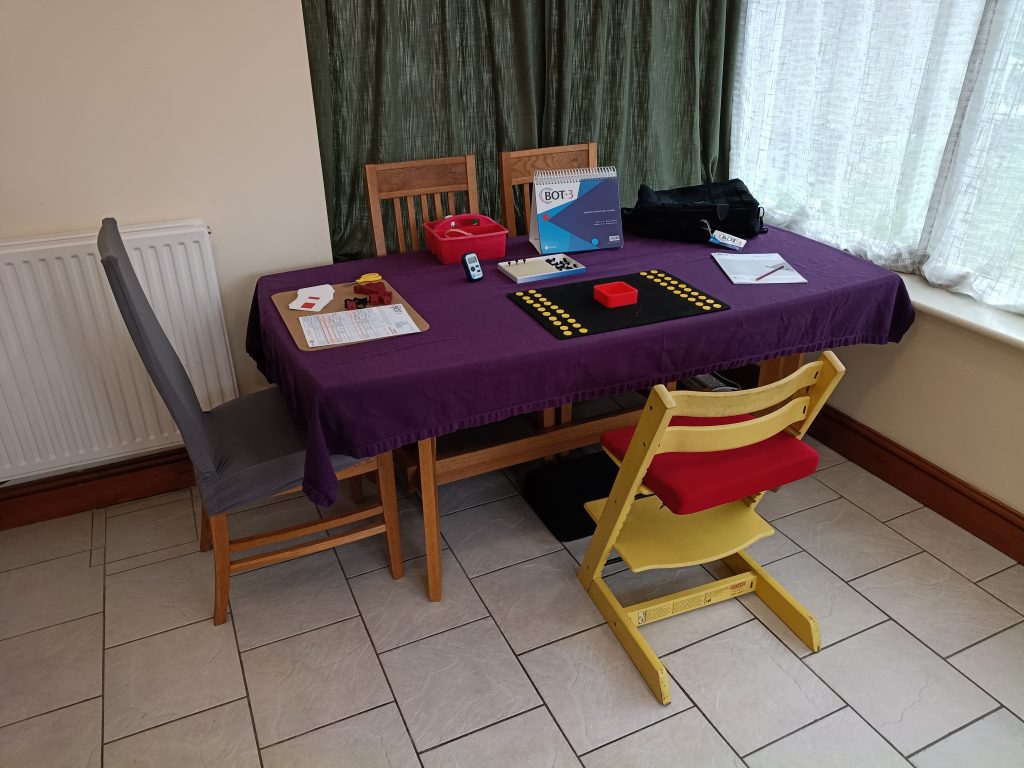
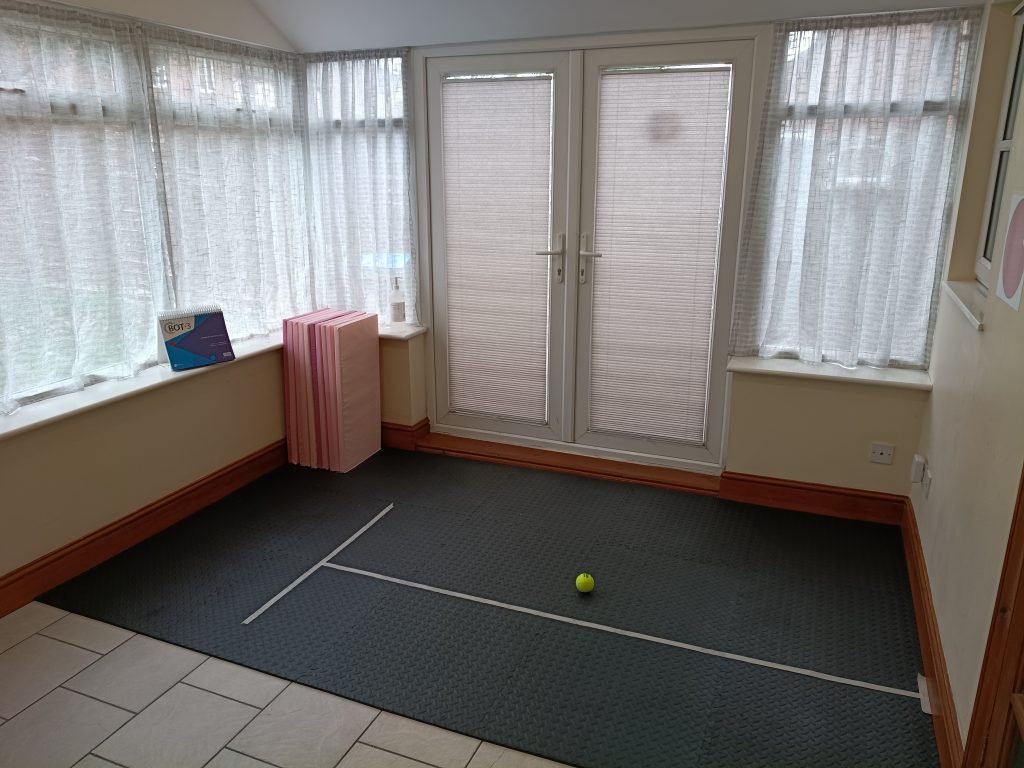
The Therapy Room in Aylesbury has been specifically designed to be a calm, relaxed and distraction free zone. This will enable all children to perform their assessments to the best of their abilities.
Step 5: Completing a School Visit
After your two appointments in Aylesbury, the Therapist will complete a visit to your child’s school as part of the assessment process. This will involve observing your child in the classroom/playground, looking through their school work and a discussion with their teachers.

Step 6: Your Occupational Therapy Report
Please allow up to one month to receive your Occupational Therapy Report.
This starts once all the assessment sessions have been completed and all forms have been received.
If a report is required before a certain date, this needs to be clearly communicated and agreed first with the service.

What is included within the Occupational Therapy Report?
All reports are written in a friendly, positive and supportive manner and will address the main reason for your referral. It can:
- offer valuable information towards a potential diagnosis.
- help inform an EHCP (Education, Health and Care Plan).
- advice for reasonable adjustments in exams.
- signpost to alternative services.
- provide recommendations for activities to increase skills and development.
Which types of assessments are available?
The service has standardised assessments covering young children to adolescents from the age of 5 to 21 years.
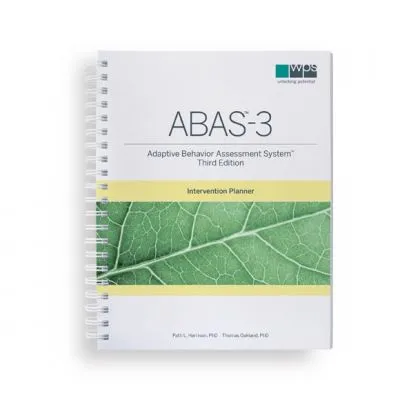
The ABAS-3 form for the school and home environment provides a detailed snapshot of how well someone is managing in the following areas:
- Communication
- Functional Academics
- Self-Direction
- Leisure
- Social
- Community Use
- School Living
- Home Living
- Health and Safety
- Self-Care
- Motor
- Work
Motor co-ordination activities for both fine and gross motor skills are analysed through the Bruininks-Oseretsky Test of Motor Proficiency (BOT-3).
These subtests look in particular at:
- Fine Motor Precision
- Fine Motor Integration
- Manual Dexterity
- Upper-Limb Coordination
- Bilateral Coordination
- Balance
- Running Speed
- Agility and Strength
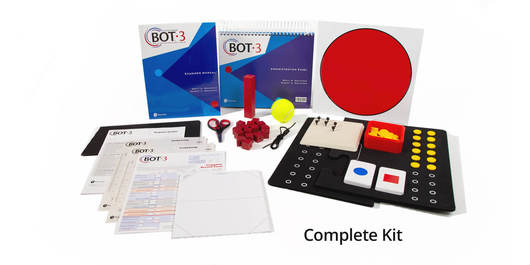
The report can provide valuable evidence towards a diagnosis of Developmental Coordination Disorder/Dyspraxia.
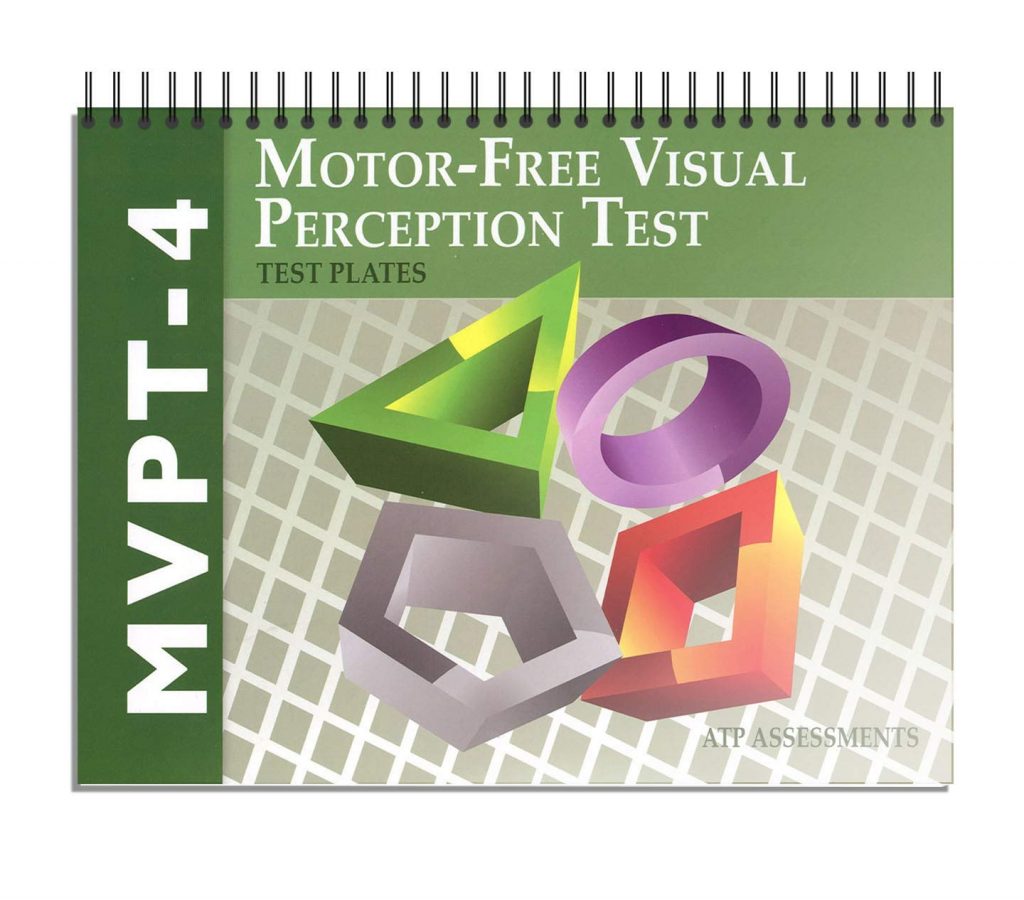
Visual Perception Skills are assessed through the Motor-Free Visual Perception Test (MVPT-4). This looks in particular at the five areas of Visual-Perceptual abilities:
- Spatial Relationships
- Visual Discrimination
- Figure-Ground
- Visual Closure
- Visual Memory
The Sensory Processing Measure (SPM-2) for both home and school provides an understanding of how well someone is processing sensory information from these environments.
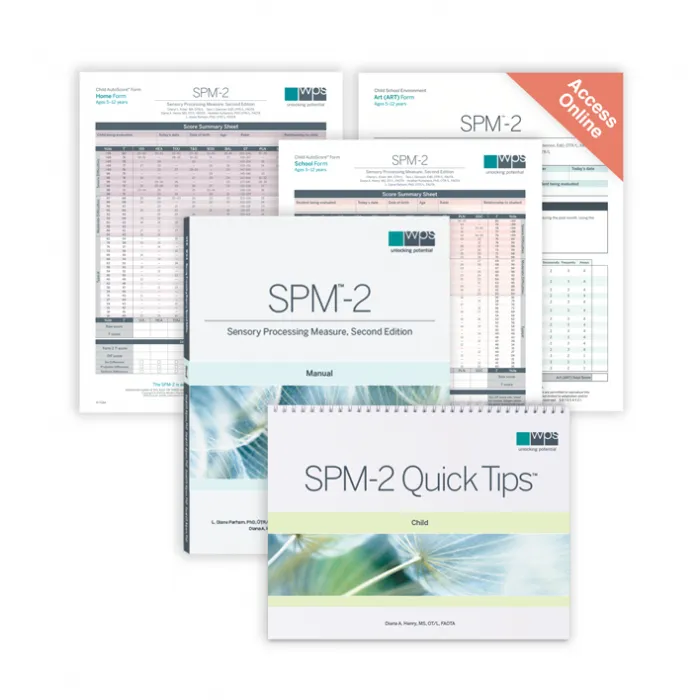

Handwriting is assessed through a variety of assessments. It involves looking at letter formation, copying text, speed of writing and putting ideas down onto paper.
There is an opportunity to compare handwriting with typing skills and to make recommendations for school work.
The report can provide valuable evidence towards a diagnosis of Dysgraphia.
For children who may not be able to follow the demands of standardised assessments, it is possible to conduct these through play activities and observations. The ‘Assessment Day’ appointment may be exchanged for a ‘Home Visit’ instead.
What happens after your Occupational Therapy Report?
Depending on the outcome of your report, you may be given an online ‘Therapy Folder’ with resources, or there may be a recommendation for one-to-one sessions.
You are welcome to take your report to any Occupational Therapy service with capacity to complete these intervention sessions.
Typical goals this service has helped children and adolescents with:
- Concentration and listening skills.
- Daily living skills.
- Developing sensory skills.
- Improving fine motor skills.
- Improving core and coordination skills.
- Developing visual perceptual skills.
- Working on visual-motor integration skills.
- Handwriting and organising written content.
- Spelling skills.
- Touch-typing and computer skills.
- Emotional regulation strategies.
- Working on social skills.
- Improving executive functioning skills.
- Improving growth mindset skills.

